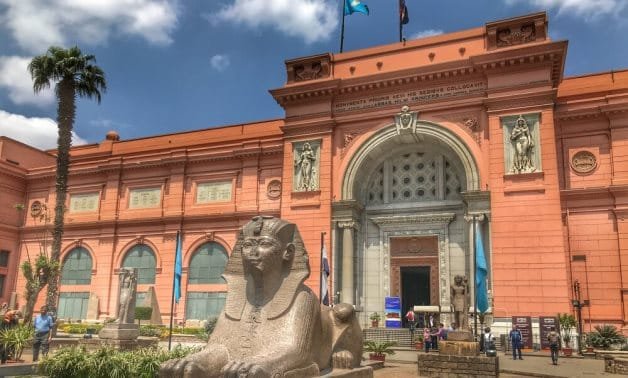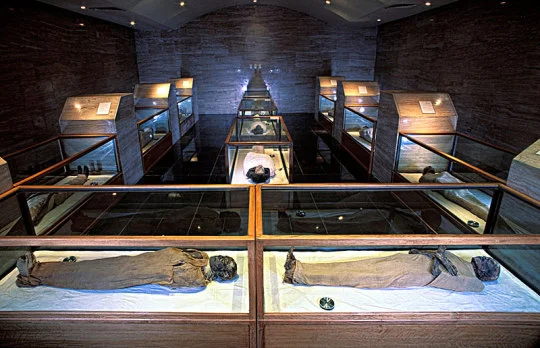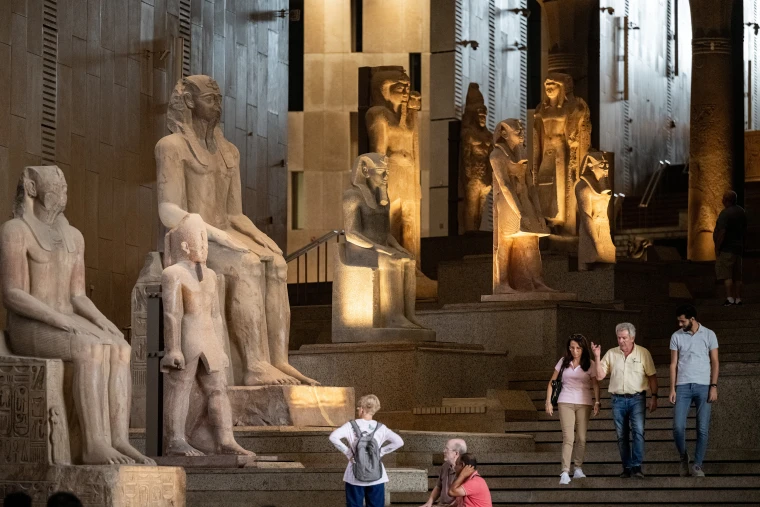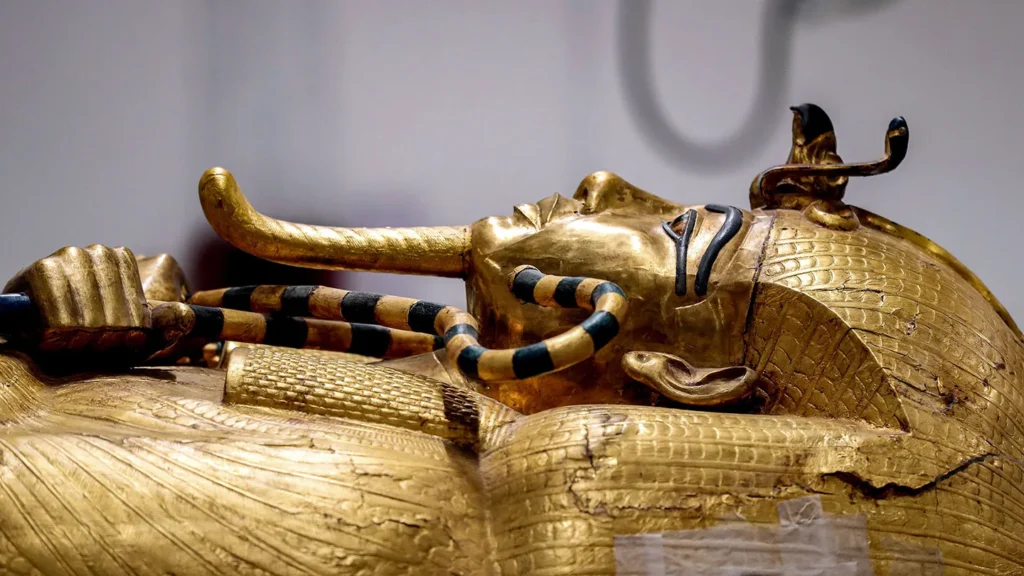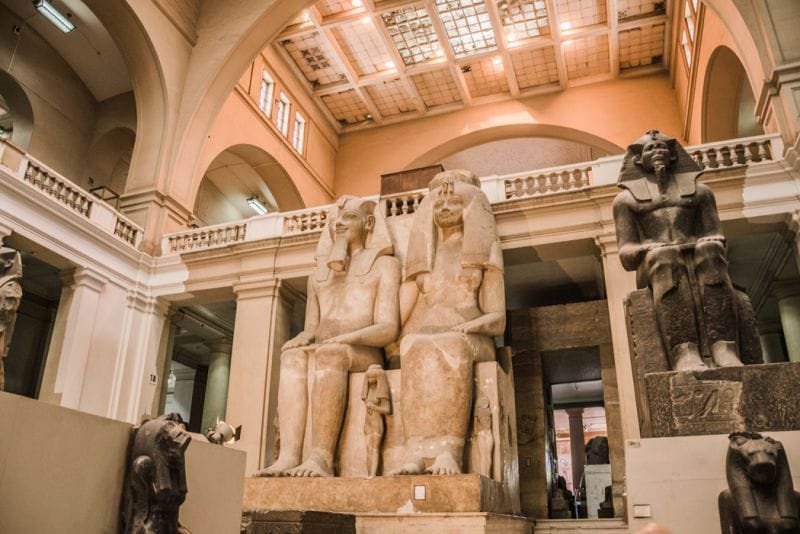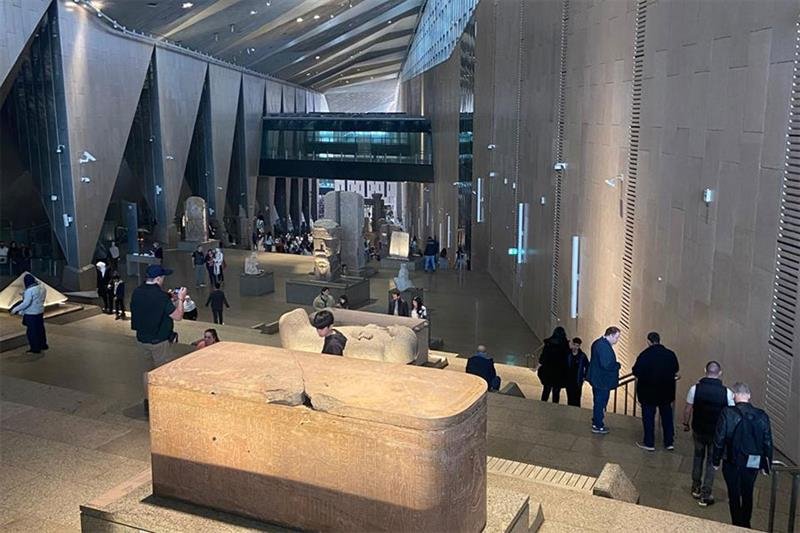The Egyptian Museum, located in the heart of Cairo’s Tahrir Square, is one of the most important and influential museums in the world. Home to an extensive collection of over 120,000 artifacts, it provides a deep dive into the rich and complex history of ancient Egypt. Spanning thousands of years of history, the museum houses relics from the Old Kingdom, New Kingdom, Greco-Roman period, and even pieces that predate pharaonic Egypt. This vast collection offers a fascinating look into the art, culture, and life of one of the most influential ancient civilizations. Whether it’s the intricate mummy collections, monumental statues, or ancient textiles, the museum captures the grandeur of ancient Egyptian life, religion, and funerary practices. The Egyptian Museum serves as a vital landmark for anyone looking to understand Egypt’s historic legacy, preserving artifacts and narratives that define the nation’s cultural identity.
Egypt Tour Magic
Each tour type can be adjusted in terms of duration, activities, and accommodations to best meet the needs and interests of your clients.
About Us
Embark on a journey with Egypt Tour Magic and discover the magic of Egypt like never before …
Our Services
Discover the magic of Egypt with Egypt Tour Magic, where every detail is taken care of to ensure..
Our Team
At Egypt Tour Magic, our dedicated team is passionate about creating unforgettable travel experiences....
Refund and Returns Policy
At Egypt Tour Magic, we strive to provide exceptional travel experiences. However ..
Contact Us
We’re here to help you with any questions or to assist you in planning your next ..
Egypt Tour Magic
Explore More About Us


